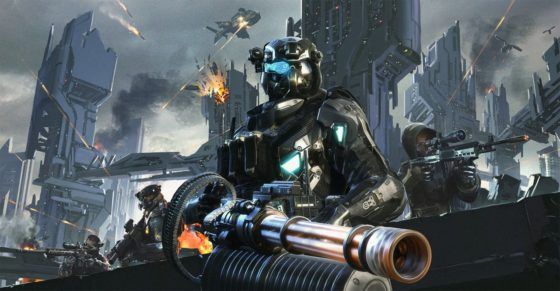

#Metro conflict rule 34 full
The full official title, Republic of the Philippines, was included in the 1935 constitution as the name of the future independent state, it is also mentioned in all succeeding constitutional revisions. The United States began the process of changing the reference to the country from The Philippine Islands to The Philippines, specifically when it was mentioned in the Philippine Autonomy Act or the Jones Law. From the period of the Spanish–American War (1898) and the Philippine–American War (1899–1902) until the Commonwealth period (1935–1946), American colonial authorities referred to the country as The Philippine Islands, a translation of the Spanish name. ĭuring the Philippine Revolution, the Malolos Congress proclaimed the establishment of the República Filipina or the Philippine Republic. Before Spanish rule was established, other names such as Islas del Poniente (Islands of the West) and Ferdinand Magellan's name for the islands, San Lázaro, were also used by the Spanish to refer to islands in the region. Eventually the name " Las Islas Filipinas" would be used to cover the archipelago's Spanish possessions. Spanish explorer Ruy López de Villalobos, during his expedition in 1542, named the islands of Leyte and Samar " Felipinas" after Philip II of Spain, then the Prince of Asturias. The country has a variety of natural resources and is home to a globally significant level of biodiversity. The Philippines's position as an island country on the Pacific Ring of Fire that is close to the equator makes it prone to earthquakes and typhoons. It is a founding member of the United Nations, World Trade Organization, Association of Southeast Asian Nations, the Asia-Pacific Economic Cooperation forum, and the East Asia Summit. The Philippines is an emerging market and a newly industrialized country whose economy is transitioning from being agriculture-centered to services- and manufacturing-centered. Since then, the unitary sovereign state has often had a tumultuous experience with democracy, which included the overthrow of a decades-long dictatorship by a non-violent revolution. Following liberation, the Philippines became independent in 1946. The ensuing Philippine–American War ended with the United States establishing control over the territory, which they maintained until the Japanese invasion of the islands during World War II. Spain ceded the territory to the United States, while Filipino revolutionaries declared the First Philippine Republic. In 1896, the Philippine Revolution began, which then became entwined with the 1898 Spanish–American War. During this time, Catholicism became the dominant religion, and Manila became the western hub of trans-Pacific trade.

Spanish settlement through Mexico, beginning in 1565, led to the Philippines becoming part of the Spanish Empire for more than 300 years. In 1543, Spanish explorer Ruy López de Villalobos named the archipelago Las Islas Filipinas in honor of Philip II of Spain. The arrival of Ferdinand Magellan, a Portuguese explorer leading a fleet for Spain, marked the beginning of Spanish colonization.

Adoption of animism, Hinduism and Islam established island-kingdoms called Kedatuan, Rajahnates, and Sultanates. Negritos, some of the archipelago's earliest inhabitants, were followed by successive waves of Austronesian peoples. Manila is the country's capital, while the largest city is Quezon City both lie within the urban area of Metro Manila. The Philippines has diverse ethnicities and cultures throughout its islands. The Philippines covers an area of 300,000 km 2 (120,000 sq mi) and, as of 2021, it had a population of around 109 million people, making it the world's thirteenth-most populous country. It shares maritime borders with Taiwan to the north, Japan to the northeast, Palau to the east and southeast, Indonesia to the south, Malaysia to the southwest, Vietnam to the west, and China to the northwest. The Philippines is bounded by the South China Sea to the west, the Philippine Sea to the east, and the Celebes Sea to the southwest. It is situated in the western Pacific Ocean and consists of around 7,641 islands that are broadly categorized under three main geographical divisions from north to south: Luzon, Visayas, and Mindanao.

The Philippines ( / ˈ f ɪ l ɪ p iː n z/ ( listen) Filipino: Pilipinas), officially the Republic of the Philippines (Filipino: Republika ng Pilipinas), is an archipelagic country in Southeast Asia.


 0 kommentar(er)
0 kommentar(er)
